Sponge cleaning hacks – who knew such simple household items could unlock a world of cleaning potential? I’m always on the lookout for clever ways to make chores easier, and let me tell you, I’ve stumbled upon some absolute game-changers when it comes to using sponges. From tackling stubborn grime to deodorizing your entire kitchen, these little squares of absorbent material are surprisingly versatile.
Sponges have been around for centuries, initially harvested from the sea and used for everything from bathing to painting. While we’ve moved on to synthetic versions, their cleaning power remains undeniable. But let’s be honest, we often underestimate their true potential. How many times have you tossed a sponge after just a few uses, thinking it’s past its prime?
That’s where these DIY sponge cleaning hacks come in! In today’s busy world, who has time to spend hours scrubbing? These tricks will not only save you time and effort but also help you get the most out of your sponges, extending their lifespan and reducing waste. I’m excited to share these simple yet effective methods that will transform the way you think about cleaning with sponges. Get ready to unlock the hidden superpowers of your humble kitchen sponge!
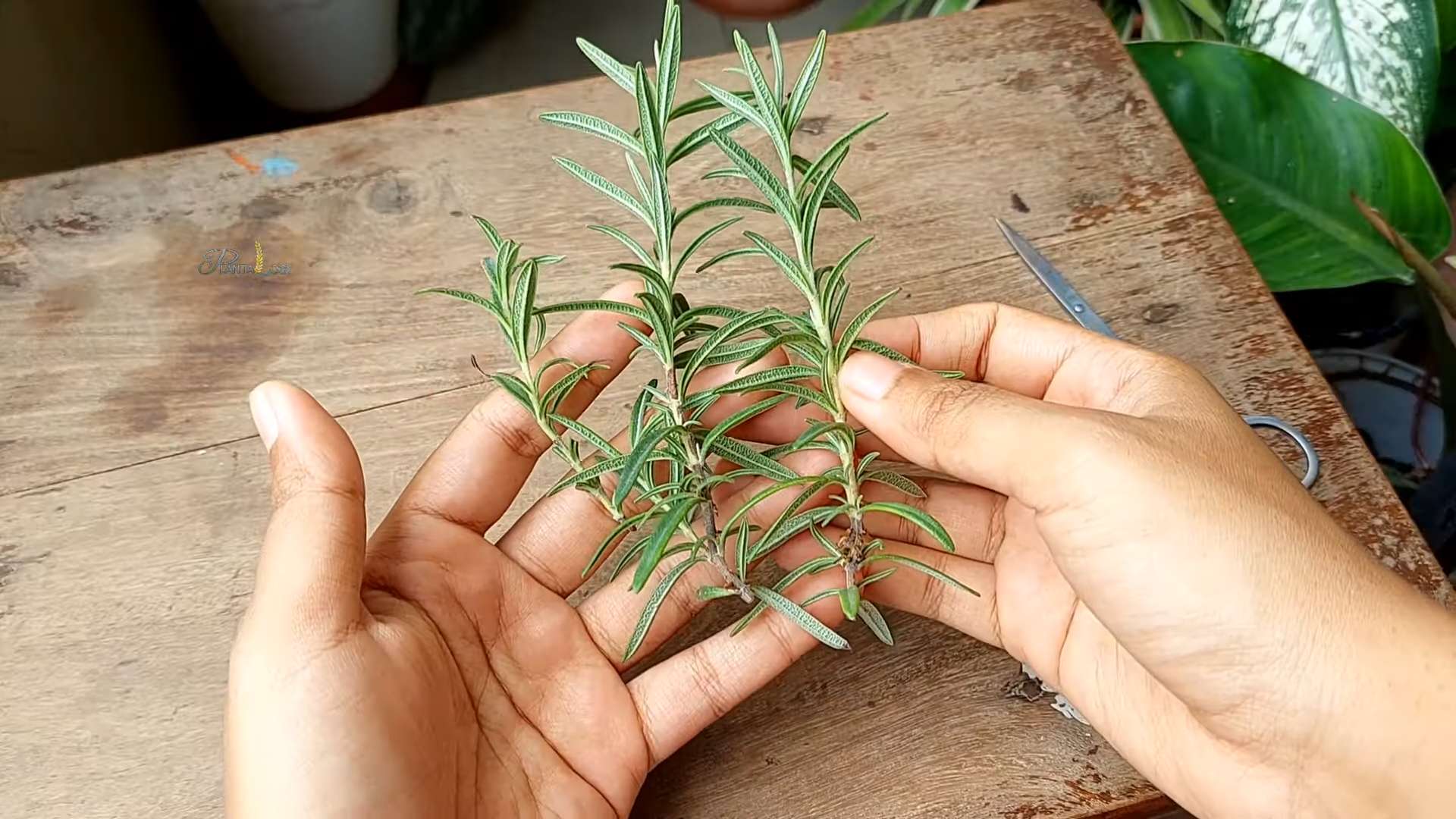
DIY Sponge Cleaning Hacks: Extend the Life of Your Kitchen Companion!
Hey everyone! Let’s face it, sponges are the unsung heroes of our kitchens. They tackle everything from greasy pans to sticky countertops. But they also get pretty gross, pretty fast. Instead of constantly tossing them, I’m going to share some awesome DIY hacks to keep your sponges clean, fresh, and lasting longer. Get ready to save some money and reduce waste!
Hack 1: The Microwave Sanitization Method
This is probably the quickest and easiest way to kill bacteria lurking in your sponge. It’s my go-to method for a daily refresh.
What you’ll need:
* Your dirty sponge
* Microwave-safe bowl or plate
* Water (about 1 cup)
Step-by-step instructions:
1. Rinse thoroughly: First, give your sponge a good rinse under running water to remove any large food particles. You don’t want to microwave chunks of last night’s dinner!
2. Soak in water: Place the sponge in the microwave-safe bowl or plate and pour about a cup of water over it. Make sure the sponge is completely submerged. The water helps to distribute the heat evenly and prevents the sponge from drying out and potentially catching fire (safety first!).
3. Microwave for 2 minutes: Pop the bowl into the microwave and heat on high for 2 minutes. This is usually enough to kill most of the bacteria. Be careful when removing the bowl, it will be hot!
4. Let it cool: Allow the bowl and sponge to cool down for a few minutes before handling. The water will be scalding hot.
5. Squeeze and dry: Once it’s cool enough to handle, carefully squeeze out all the excess water from the sponge. Let it air dry completely. I usually leave mine on a sponge holder or propped up against the faucet to ensure it dries properly.
Important Considerations:
* Never microwave a dry sponge! This is a fire hazard. Always make sure it’s thoroughly soaked in water.
* Don’t microwave sponges with metal scrubbers. Metal and microwaves don’t mix!
* This method is not suitable for sponges with plastic components that might melt or warp in the microwave.
* The microwave method is great for killing bacteria, but it won’t remove stubborn stains or embedded grime. For that, you’ll need to try one of the other hacks below.
Hack 2: The Bleach Solution Soak
For a deeper clean and to tackle those tougher stains, a bleach solution is your best bet. This method is particularly effective for removing discoloration and killing mold.
What you’ll need:
* Your dirty sponge
* A bowl or container
* Bleach (unscented household bleach)
* Water
* Gloves (optional, but recommended)
Step-by-step instructions:
1. Rinse the sponge: As always, start by rinsing the sponge thoroughly to remove any loose debris.
2. Prepare the bleach solution: In the bowl or container, mix 3/4 cup of bleach with 1 gallon of cold water. It’s crucial to use the correct ratio of bleach to water. Too much bleach can damage the sponge and be harmful to your health.
3. Soak the sponge: Submerge the sponge completely in the bleach solution. Make sure it’s fully saturated.
4. Let it soak for 5 minutes: Allow the sponge to soak in the solution for at least 5 minutes, but no more than 10 minutes. Prolonged exposure to bleach can weaken the sponge fibers.
5. Rinse thoroughly: After soaking, remove the sponge and rinse it extremely well under running water. Rinse, rinse, rinse! You want to make sure all traces of bleach are gone.
6. Squeeze and dry: Squeeze out all the excess water and let the sponge air dry completely.
Important Considerations:
* Always wear gloves when working with bleach to protect your skin.
* Work in a well-ventilated area to avoid inhaling bleach fumes.
* Never mix bleach with ammonia or other cleaning products. This can create dangerous and toxic fumes.
* This method can be harsh on sponges, so don’t use it too frequently. Once a week is usually sufficient.
* If you’re concerned about using bleach, you can try a vinegar solution instead (see Hack 3).
Hack 3: The Vinegar Soak for a Natural Clean
If you’re looking for a more natural and eco-friendly way to clean your sponges, vinegar is a fantastic option. It’s a natural disinfectant and deodorizer.
What you’ll need:
* Your dirty sponge
* A bowl or container
* White vinegar
* Water
Step-by-step instructions:
1. Rinse the sponge: Start by rinsing the sponge to remove any loose food particles.
2. Prepare the vinegar solution: In the bowl or container, mix equal parts white vinegar and water. For example, you could use 1 cup of vinegar and 1 cup of water.
3. Soak the sponge: Submerge the sponge completely in the vinegar solution.
4. Let it soak for at least 1 hour: For best results, let the sponge soak for at least an hour, or even overnight. The longer it soaks, the more time the vinegar has to work its magic.
5. Rinse thoroughly: After soaking, rinse the sponge thoroughly under running water to remove the vinegar smell. Don’t worry, the vinegar smell will dissipate quickly.
6. Squeeze and dry: Squeeze out all the excess water and let the sponge air dry completely.
Important Considerations:
* Vinegar is a milder disinfectant than bleach, so it may not be as effective at killing all types of bacteria. However, it’s still a great option for regular cleaning and deodorizing.
* The vinegar smell can be strong, but it will fade as the sponge dries. If you’re particularly sensitive to smells, you can add a few drops of essential oil (like lemon or lavender) to the vinegar solution.
* This method is gentle enough to use frequently, even daily.
Hack 4: The Dishwasher Deep Clean
Did you know you can clean your sponges in the dishwasher? It’s a super convenient way to sanitize them while you’re already running a load of dishes.
What you’ll need:
* Your dirty sponge
* Dishwasher
Step-by-step instructions:
1. Rinse the sponge: Give your sponge a good rinse to remove any large food particles.
2. Place the sponge in the dishwasher: Place the sponge on the top rack of the dishwasher, away from any moving parts. You can put it in the utensil basket or wedge it between other items to keep it from flying around.
3. Run a normal cycle: Run a normal dishwasher cycle with your regular detergent. Make sure to use the heated drying option for maximum sanitization.
4. Remove and dry: Once the cycle is complete, carefully remove the sponge from the dishwasher. It will be hot! Let it air dry completely.
Important Considerations:
* Don’t wash sponges with metal scrubbers in the dishwasher.
* Make sure the sponge is securely placed in the dishwasher so it doesn’t get caught in the spray arms.
* This method is best for sponges that are relatively clean. If your sponge is heavily soiled, you may want to try one of the other hacks first.
* The dishwasher can be a bit harsh on sponges, so don’t do it too frequently. Once a week is usually sufficient.
Hack 5: The Salt Scrub for Stubborn Grime
For sponges that have accumulated stubborn grime and grease, a salt scrub can work wonders. The abrasive texture of the salt helps to loosen and remove embedded dirt.
What you’ll need:
* Your dirty sponge
* Coarse salt (like sea salt or kosher salt)
* Water
Step-by-step instructions:
1. Wet the sponge: Wet the sponge thoroughly with water.
2. Sprinkle with salt: Generously sprinkle the wet sponge with coarse salt.
3. Scrub: Use the salt-covered sponge to scrub the affected areas. Apply firm pressure and work in circular motions.
4. Rinse thoroughly: Rinse the sponge thoroughly under running water to remove the salt and loosened grime.
5. Squeeze and dry: Squeeze out all the excess water and let the sponge air dry completely.
Important Considerations:
* Be careful not to scrub too hard, as this can damage
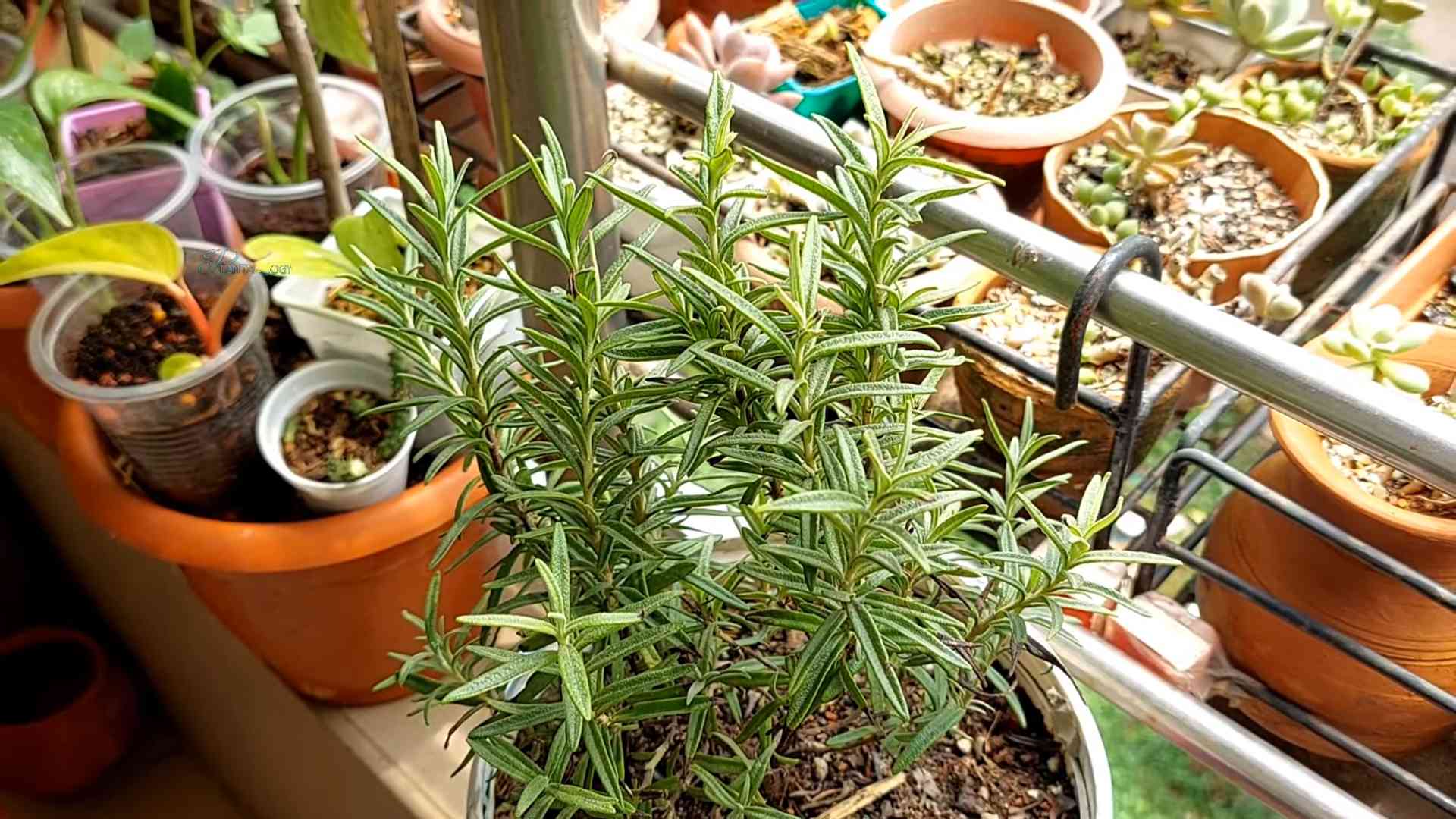
Conclusion
So, there you have it! These simple yet incredibly effective sponge cleaning hacks are a game-changer for anyone looking to maintain a cleaner, healthier home without breaking the bank. We’ve explored methods that not only sanitize your sponges but also extend their lifespan, saving you money and reducing waste. From the microwave method for a quick zap of cleanliness to the vinegar soak for deep disinfection and the bleach solution for tackling tough stains, you now have a comprehensive arsenal to combat the grime that accumulates in these everyday cleaning tools.
But why is this a must-try? Because your sponge is likely one of the dirtiest items in your house! Think about it: it’s constantly exposed to food particles, bacteria, and moisture, creating the perfect breeding ground for germs. Using a dirty sponge to clean your surfaces is essentially spreading those germs around, defeating the purpose of cleaning in the first place. These sponge cleaning hacks are not just about aesthetics; they’re about protecting your health and the health of your family.
Beyond the methods we’ve discussed, feel free to experiment with variations. For instance, if you’re sensitive to the smell of vinegar, try adding a few drops of your favorite essential oil, like lemon or tea tree, to the soaking solution. These oils not only mask the vinegar scent but also offer additional antibacterial properties. You could also try using baking soda in conjunction with vinegar for a more powerful cleaning action. Just remember to do this in a well-ventilated area, as the combination can produce fumes.
Another variation involves the type of sponge you’re cleaning. While these methods work well for most common kitchen sponges, you might need to adjust the soaking time or microwave duration for different materials. For example, cellulose sponges might require less time in the microwave than synthetic sponges. Always err on the side of caution and monitor the sponge closely during the cleaning process.
Furthermore, consider implementing a regular cleaning schedule for your sponges. Aim to sanitize them at least once a week, or more frequently if you use them heavily. This proactive approach will prevent the buildup of bacteria and keep your sponges fresh and effective for longer. You can even set a reminder on your phone or calendar to ensure you don’t forget.
We truly believe that incorporating these sponge cleaning hacks into your routine will make a significant difference in the cleanliness of your home. It’s a small effort that yields big results, contributing to a healthier and more hygienic living environment.
Now, we want to hear from you! Try these DIY tricks and let us know how they worked for you. Did you find one method more effective than another? Did you discover any variations that worked particularly well? Share your experiences and insights in the comments below. Your feedback will not only help us improve our recommendations but also inspire other readers to take control of their sponge hygiene. Together, we can create a community of clean and healthy homes! Don’t underestimate the power of a clean sponge – it’s the foundation of a truly clean kitchen. So, go ahead, give these hacks a try, and share your success stories! We’re excited to hear from you.
Frequently Asked Questions (FAQs)
Why is it so important to clean my sponges regularly?
Sponges are breeding grounds for bacteria, yeast, and mold. Their porous nature traps food particles and moisture, creating an ideal environment for microbial growth. Using a dirty sponge to clean surfaces can actually spread germs around, potentially leading to illness. Regular cleaning helps to kill these microorganisms and prevent cross-contamination.
How often should I clean my sponges?
Ideally, you should clean your sponges at least once a week, or even more frequently if you use them heavily. If you notice your sponge has a foul odor or visible signs of mold, clean it immediately. Consider having multiple sponges on hand so you can rotate them and allow them to dry completely between uses, which also helps to inhibit bacterial growth.
What’s the best method for cleaning sponges?
There’s no single “best” method, as effectiveness can depend on the type of sponge and the level of contamination. The microwave method is quick and convenient for general sanitization. The vinegar soak is excellent for deep disinfection and odor removal. The bleach solution is effective for tackling tough stains and killing a wide range of bacteria. Experiment with different methods to find what works best for you.
Is it safe to microwave a sponge?
Yes, microwaving a sponge is generally safe, but it’s important to follow certain precautions. Make sure the sponge is thoroughly wet before microwaving to prevent it from catching fire. Microwave it for no more than two minutes, and monitor it closely. Let the sponge cool down before handling it, as it will be very hot. Avoid microwaving sponges with metal scrubbers, as they can spark and damage your microwave.
Can I use dish soap to clean my sponges?
While dish soap can help remove surface grime, it’s not effective at killing bacteria. Dish soap primarily works by lifting away grease and food particles, but it doesn’t have the disinfecting properties needed to sanitize a sponge. Therefore, it’s important to use a disinfecting method like microwaving, vinegar soaking, or bleach solution in addition to dish soap.
How long should I soak my sponges in vinegar or bleach solution?
For vinegar, soak your sponges for at least five minutes, but longer soaking times (up to an hour) can be more effective for heavily soiled sponges. For bleach solution, soak for no more than one minute, as prolonged exposure to bleach can damage the sponge. Always rinse the sponge thoroughly after soaking in either solution to remove any residue.
What type of vinegar should I use for cleaning sponges?
White distilled vinegar is the best choice for cleaning sponges. It’s inexpensive, readily available, and has a high acidity level that effectively kills bacteria and removes odors. Avoid using flavored vinegars, as they may leave behind unwanted residue or scents.
Is it okay to use hot water to clean my sponges?
Hot water alone is not sufficient to kill bacteria in sponges. While it can help remove some surface grime, it doesn’t reach the temperatures needed to effectively sanitize the sponge. You need to combine hot water with a disinfecting agent like vinegar or bleach for optimal results.
How do I know when it’s time to replace my sponge?
Even with regular cleaning, sponges will eventually wear out and become less effective. If your sponge is falling apart, has a persistent odor that doesn’t go away after cleaning, or shows signs of mold growth, it’s time to replace it. As a general rule, replace your sponges every two to four weeks, depending on how frequently you use them.
Can I clean my sponges in the dishwasher?
Yes, you can clean your sponges in the dishwasher, but it’s not the most effective method. The dishwasher’s heat and detergent can help remove some bacteria, but it may not be sufficient to completely sanitize the sponge. If you choose to clean your sponges in the dishwasher, place them on the top rack and run a cycle with hot water and a drying cycle. However, it’s still recommended to supplement this with a more targeted cleaning method like microwaving or vinegar soaking.
Are there any eco-friendly alternatives to traditional sponges?
Yes, there are several eco-friendly alternatives to traditional sponges, such as cellulose sponges, natural sea sponges, and reusable cloths. Cellulose sponges are made from wood pulp and are biodegradable. Natural sea sponges are sustainably harvested and naturally antibacterial. Reusable cloths can be washed and reused multiple times, reducing waste. Consider switching to one of these alternatives to reduce your environmental impact.

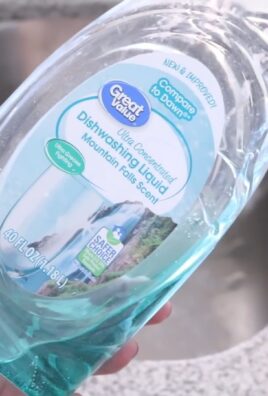
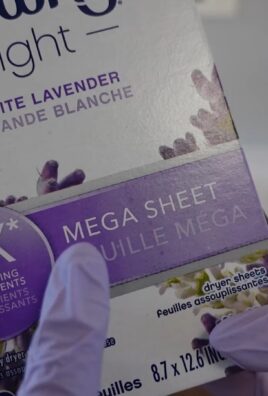
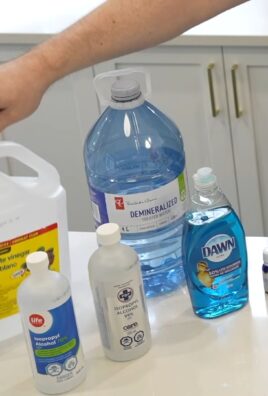
Leave a Comment